In-display finger scanners do work with protectors, so what's up with the Note 9?


The Note 9 back may end up looking a lot like the Galaxy S9+ here
The screen protector layer, however, apparently has to be very thick for the reader not to work properly. Synaptics, the creators of the optical in-display fingerprint scanning technology, reached out to us, and mentioned that Kuo may be confusing optical with ultrasonic technology regarding the Note 9, as Samsung may have experimented with both, in addition to its regular capacitive tech.
As you can see in the video above, the X20 Plus UD's scanner works sufficiently well even when a few screen protectors are stacked on top of each other, so that can't really be the excuse for Samsung to put the breaks on implementing it in the Note 9. Moreover, as exemplified in the video below, it would work even if you scratch the cover glass on top of it. So, what other reasons could there be for Samsung to implement such a sensor on the Galaxy S10 at the earliest, instead of the Note 9?

One answer may be marketing - the S Pen-touting phablet line from Samsung has enough differentiating features to cater to its niche market of loyal fans, while the S10 will need more than a few "wow" factors after the "tock" upgrade that is the Galaxy S9. Other reasons might be the ones cited by Kuo and Korean media before him.
Samsung has reportedly been developing the optical finger reader tech for two years, and has narrowed down its potential suppliers, but due to issues with speed and accuracy when implementing it under its curved panels, the R&D efforts will continue until it is certain that employing it on a mass scale for millions of potential units won't impede the user experience that its acclaimed Infinity Display design offers.
Oh, well, it's too early in the game to know anything about the S10 but that it will sport 7nm chipsets, and come with 5G-compatible modem inside, and we should know more on the in-display finger scanning front for Samsung's next high-end wonders as time progresses. For now, let's just settle down with the thought that the Note 9 will employ the same horizontal elliptical fingerprint reader under its vertical dual camera that we are currently witnessing on the Galaxy S9+. Some like it on the back, after all.
Follow us on Google News



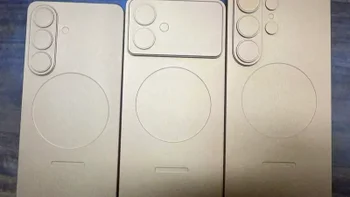

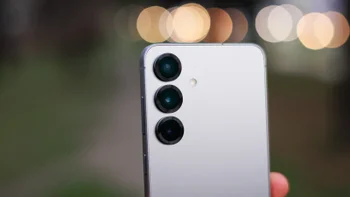

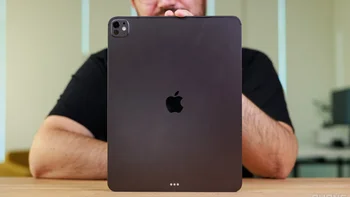
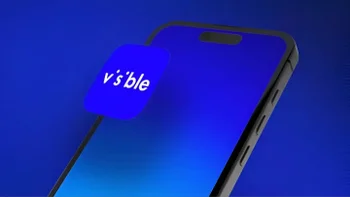
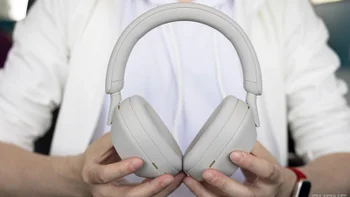

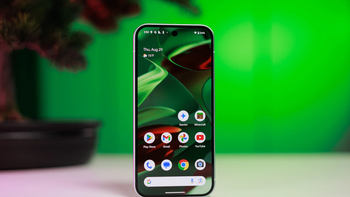
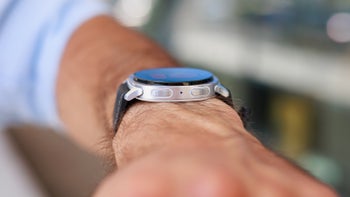
Things that are NOT allowed:
To help keep our community safe and free from spam, we apply temporary limits to newly created accounts: